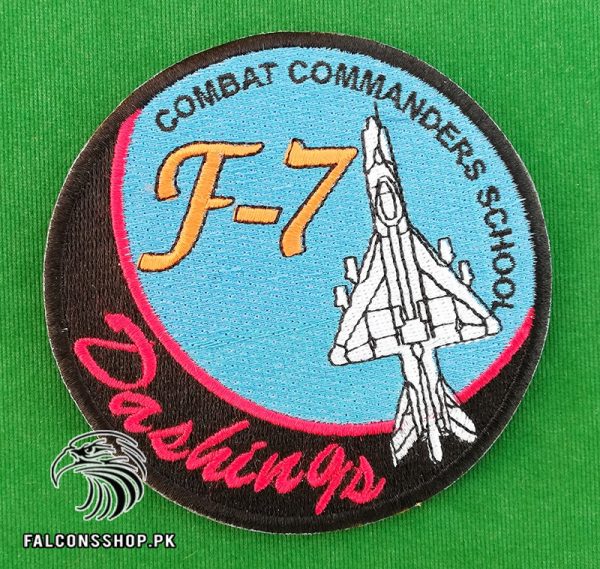At the NATO summit in Vilnius, Lithuania, an agreement was reached among 11 NATO member nations to back the establishment of a training school for F-16 pilots. This initiative aims to train pilots from NATO and allied countries, including Ukraine.
The countries involved in this effort include Denmark, the Netherlands, Belgium, Poland, Sweden, Canada, Luxembourg, Poland, Portugal, and Romania. Each country will contribute by providing F-16 aircraft, instructor pilots, maintenance personnel, and equipment to the training school located in Romania.
The Romanian Center will be opened with the support of the American company Lockheed Martin. The statement from the Supreme Council of National Defense of Romania indicates that Romanian pilots will be trained here, and the center will subsequently be made available to pilots from NATO countries and partner countries, including Ukraine.
As reported by Air Recognition editorial team on November 9, 2013, Romania’s air force currently operates a fleet of 17 previously owned F-16 fighter jets, which were acquired from Portugal. Moreover, the country has obtained approval from the United States to procure an additional 32 F-16 fighters from Norway. Romania will be investing approximately $425 million for these 32 F-16 fighters, which will be sourced from the Royal Norwegian Air Force.
In addition, the United States has recently sanctioned the purchase of equipment and software valued at $105 million to upgrade the aircraft’s capabilities as Air Recognition editorial team reported on July 3, 2023. Furthermore, Bucharest has been actively making preparations for several years to acquire American aircraft, and the Romanian government has recently granted approval for the acquisition of the more advanced F-35 fighter jets.
Some countries will take a larger share than others in that project, such as the USA and the Netherlands. Indeed, these countries have already announced their willingness to provide the F16 training school with F16 fighter planes. The Netherlands has also specified that it will be able to deliver 24 aircraft by the year 2024.
Other partners, meanwhile, will provide more modest but no less necessary to this new school by sending trainer pilots, ground staff for maintenance, and even spare parts.
Finally, the Netherlands (once again) and Denmark are currently working together to establish a new accelerated training protocol to enable Ukrainian pilots, who are accustomed to flying Russian equipment, to acquire the necessary foundations for operating the F-16. According to certain sources, the training could begin this summer, but according to experts, this view is a bit too optimistic because it is necessary to identify training sites, install simulators, and base aircraft with all the necessary ground support.
Furthermore, the issue of accelerated training leaves many F-16 pilots skeptical about the feasibility of such a process. It is indeed important to note that training an F-16 pilot requires 4 years, and they continue to receive regular training and evaluations throughout their career.
However, the initial feedback from American sources is rather reassuring, stating that based on early experience, it would take 4 months to transition a fighter pilot into an F-16 pilot. The Ukrainian pilots have been trained at the 162nd Fighter Wing of the Arizona Air National Guard, by a squadron accustomed to training foreign pilots on flight simulators.
Ukraine has requested 128 combat aircraft. However, according to Colin Kahl, the Under Secretary of Defense, the United States believes that 50 to 80 F-16s would be sufficient to modernize Ukraine’s fighter aviation and provide support for its ground-based air defenses.
It would be equivalent to about three to four squadrons. The objective is to regain control of Ukrainian airspace and enhance its air defense capabilities.
It is important to note that a final decision regarding the transfer of F-16s to Ukraine has not yet been made by the United States. Initially, the U.S. expressed concerns that such transfers could lead to Russian retaliation or escalation. However, there has been a shift in the U.S. stance, particularly with increased support from European countries for this initiative.
The training and preparedness of Ukrainian pilots to operate the F-16s will likely play a significant role in the decision-making process for the transfer. Kyiv is hopeful that over the coming months, the concerns and restrictions surrounding the transfer of combat aircraft will diminish, similar to how concerns about the transfer of rocket artillery and main battle tanks diminished as the conflict in Ukraine continued.






